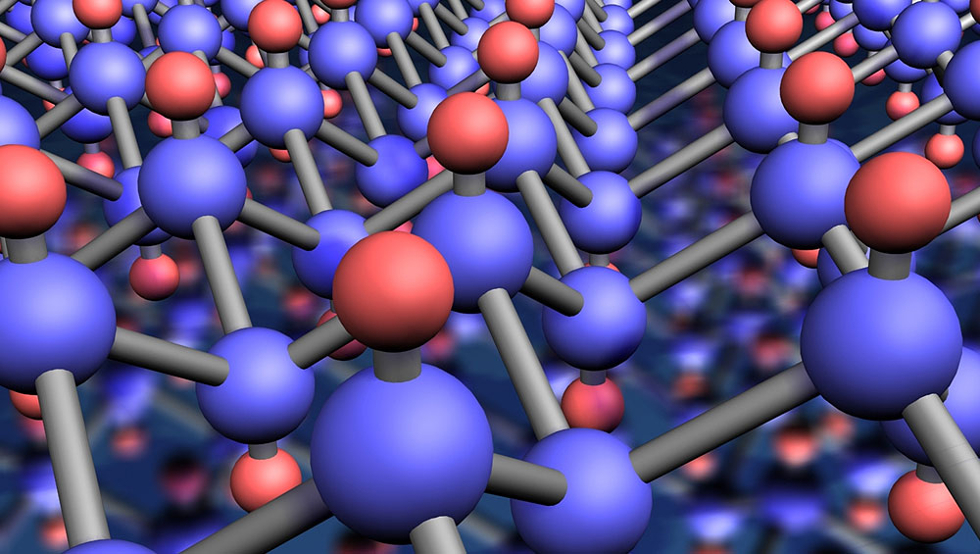
The findings from the research group of SungWoo Nam, assistant professor of mechanical science and engineering at the University of Illinois at Urbana-Champaign, are published in Journal of Materials Chemistry C.
Graphene is synthesised by using chemical vapour deposition onto a metal substrate – such as copper foil – but separating the material from its native metal substrate can be problematic.
The process typically involves either dissolving away the high-purity metal or delaminating it from the substrate, which require the use of harsh chemicals that leave stubborn residue.
The ultra-thin graphene also needs to be coated with a polymer support layer such as polycarbonate or PMMA (poly methyl methacrylate), which requires the use of toxic or carcinogenic solvents.
"In our case, we are using a biomass derived polymer, ethyl cellulose, for the coating," said Michael Cai Wang, Nam's PhD student and lead researcher on the project. "A common and inexpensive polymer often used as a food additive, ethyl cellulose is solvated in just ethanol. This not only makes our graphene transfer process more environmentally friendly, it is now also compatible with a variety of polymeric and soft biological materials such as common plastics and hydrogels that would otherwise not tolerate harsh solvents."
"After you transfer the graphene, the carbonic acid simply evaporates away as carbon dioxide and water, which doesn't require any further rinsing," Nam said. "We're thus saving both water and time by eliminating the conventional need for the repetitive and tedious rinsing process. In using electrolytes such as NaOH or NaCl, for example, the sodium tends to remain on the graphene, which is very difficult to completely get rid of."
"By delaminating the graphene off from the copper foil using carbonic acid, we are also able to reuse the growth substrate multiple times instead of expending it, realising significant material and cost savings" Wang said.
"I think scientifically what we are bringing to the community is to really motivate people to think about a cleaner way for making graphene," Nam said. "We are trying to improve upon the well-established protocols so that industry can easily adopt our techniques. Because a lot of devices are contaminated by these previously used chemicals, it inevitably affects the property of graphene."
The group envision extending the useful life cycle of carbon in the industrial ecosystem while diverting and mitigating its emission into the atmosphere. Nam also believes this method can provide an environmentally-friendly and affordable technique to use for etching and delamination processing of other materials.
"If you are interested in making the best transistor in the world, you have to have the cleanest, purest material that you can synthesise and transfer," he said. "Here we provide that opportunity to the community. In addition, a lot of people are trying to measure the intrinsic properties of other materials as well. Our approach will help them do that."
https://www.theengineer.co.uk/issues/march-2014-online/carbon-crusade/





April 1886: the Brunkebergs tunnel
First ever example of a ground source heat pump?